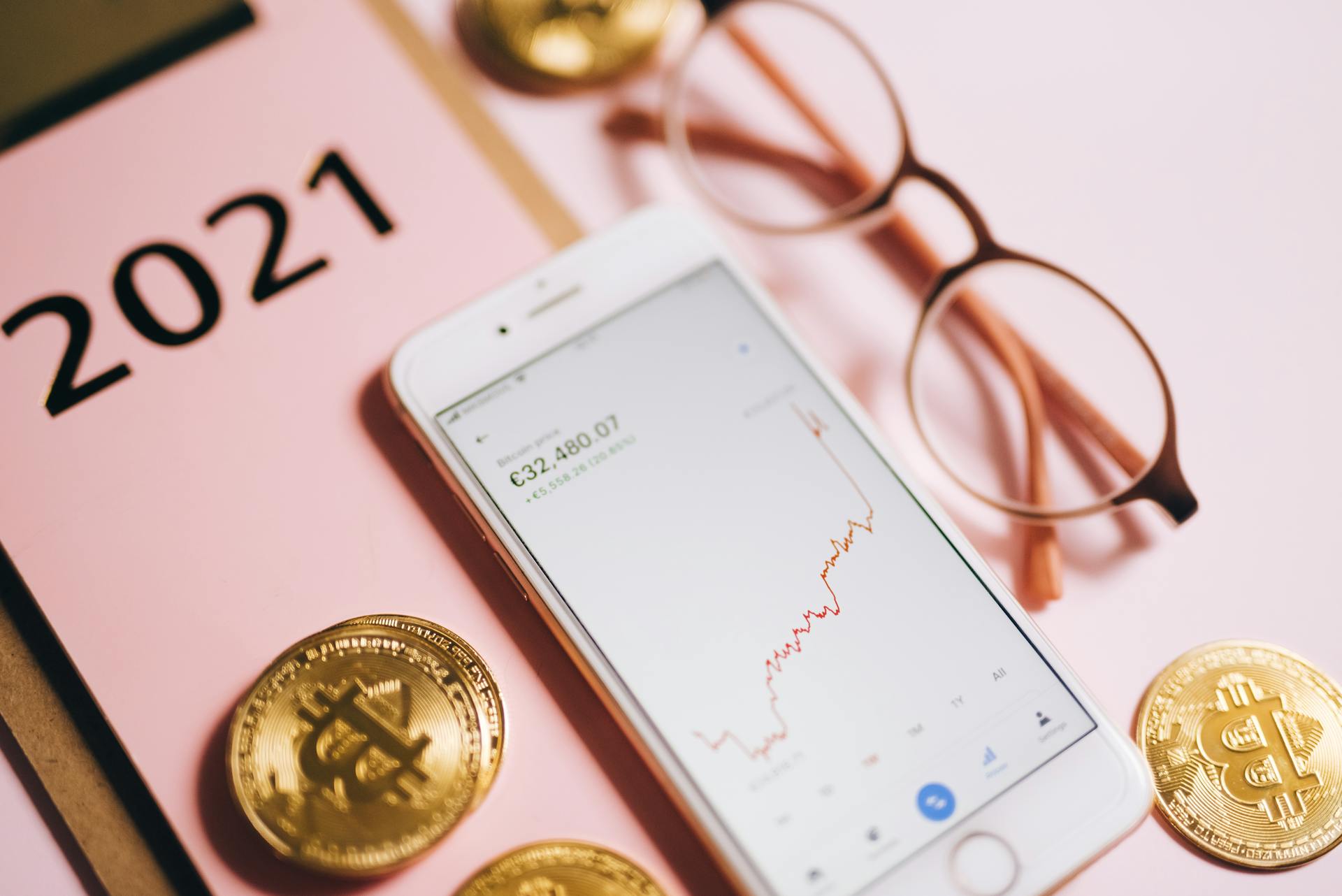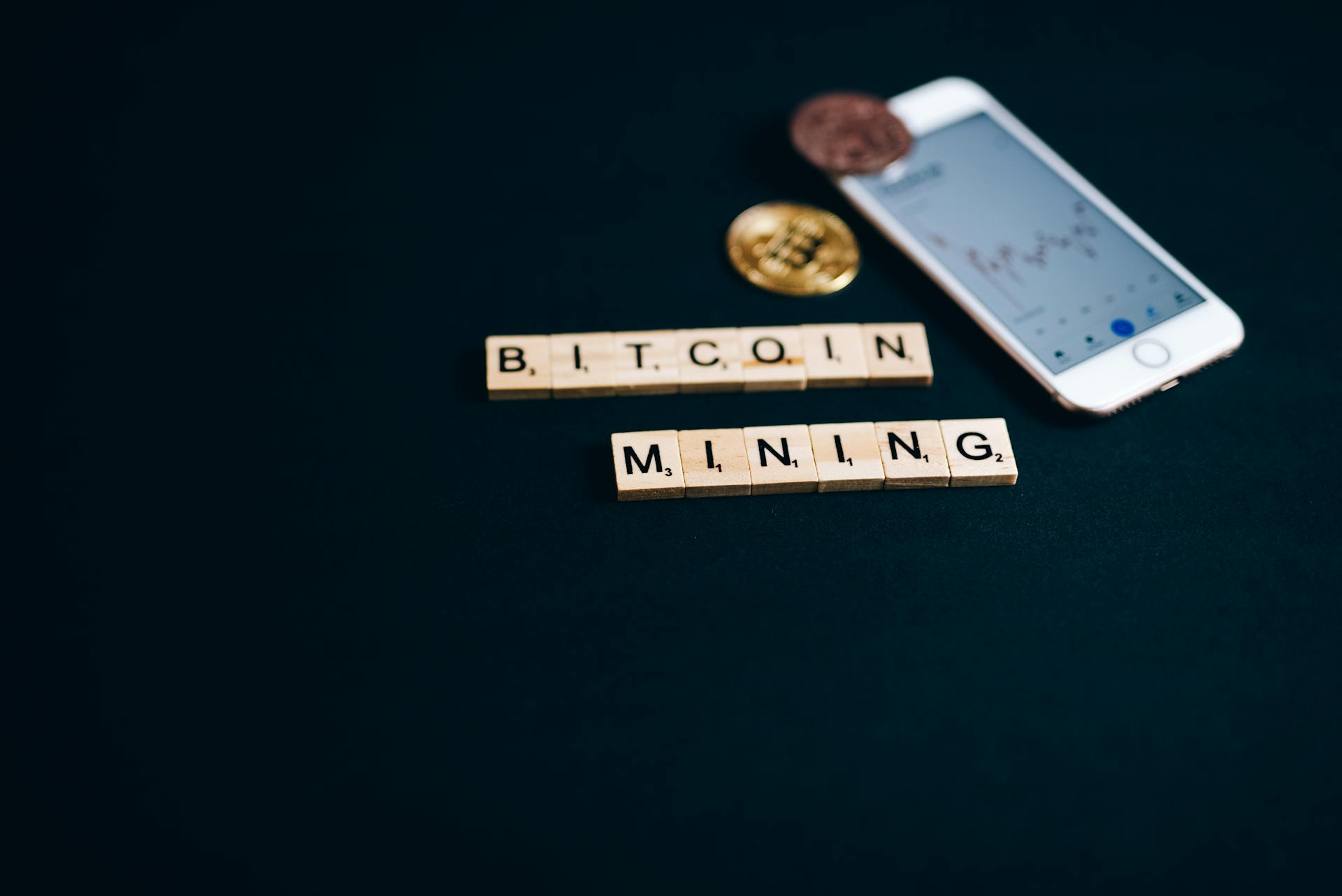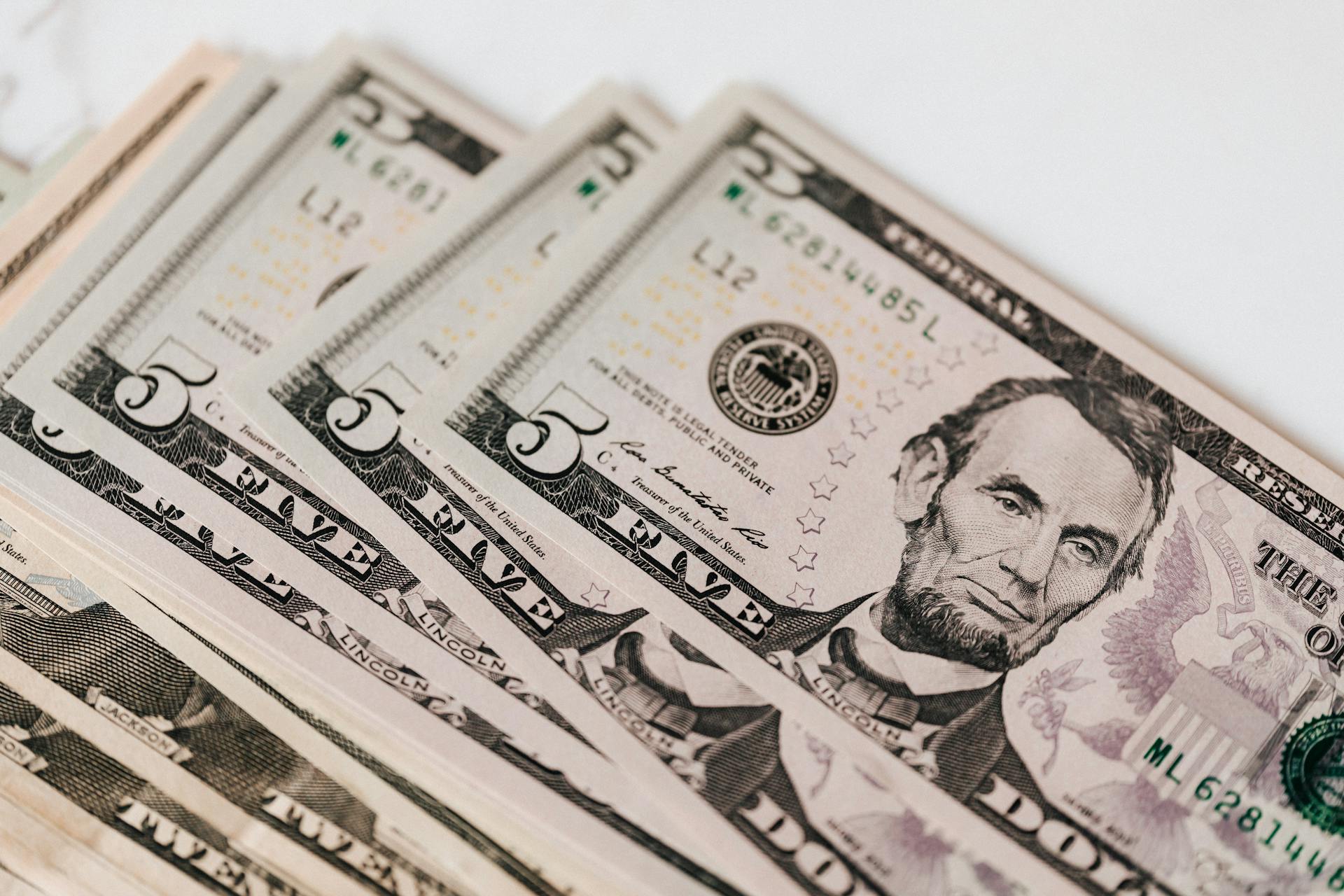
The btc block reward halving has a significant impact on miners and investors alike. Every 210,000 blocks, or approximately every four years, the block reward is halved, affecting the profitability of mining operations.
Miners rely heavily on the block reward to sustain their operations. The halving reduces the number of new bitcoins released into circulation, which can lead to a decrease in mining revenue.
As a result, miners must adapt to the changing landscape by finding ways to reduce their costs or increase their efficiency. This can be a challenging task, especially for smaller mining operations.
Investors, on the other hand, may view the halving as a buying opportunity, as the reduced supply of new bitcoins can drive up demand and prices.
Recommended read: Bitcoins Biggest Investors
What Is Halving?
Halving is an event that takes place about every four years and reduces the block reward by 50%. This lowers the supply of bitcoins entering the market, which increases scarcity.
The block reward is part of the blockchain's automatic process of validating transactions and opening new blocks. Miners compete in a race to solve a cryptographic puzzle to receive new bitcoins.
As a result of the halving, the reward for miners decreases, making it less appealing to participate in the mining process. This can lead to a decrease in the number of miners, which in turn can increase the value of the remaining bitcoins.
The halving event is a crucial aspect of the Bitcoin network, as it helps to maintain the integrity and scarcity of the cryptocurrency.
For another approach, see: Bitcoin Halving Block Number
Understanding Halving
Halving is a mechanism built into the Bitcoin blockchain to control the rate at which new coins are brought into circulation. It's a crucial aspect of Bitcoin's design, ensuring that the maximum supply of 21 million bitcoins is never exceeded.
The block subsidy started at 50 BTC, and it halves every 210,000 blocks, which is roughly every four years. This creates a fixed supply of bitcoin, where the issuance of new coins diminishes over time until it reaches zero.
Suggestion: How to Find New Crypto Coins Early
There are several valid concerns associated with block rewards, including the impact on profitability as rewards approach zero. By the year 2140, block rewards are expected to seize, causing an ongoing debate on how important a robust fee market will be.
Here's a brief timeline of the halving dates:
The halving mechanism is designed to increase scarcity and raise demand, which is intended to benefit the Bitcoin ecosystem and market value.
Halving and Mining
Halving occurs every 210,000 blocks, or roughly every four years, where Bitcoin block rewards are continuously reduced by half.
Miners are the backbone of the Bitcoin network, responsible for creating and adding new blocks to the blockchain. They gather valid transactions from a pool of unconfirmed transactions known as the mempool, then work to solve a complex mathematical problem to create a new block.
The block subsidy, a set amount of new bitcoins that a miner is allowed to send themselves for mining a block, is halved with each halving event. For example, in May 2020, the Bitcoin block reward was halved to 6.25 BTC, and a fourth Bitcoin halving is scheduled for April 2024.
Here's a breakdown of the block reward schedule:
The halving process will eventually lead to block rewards approaching zero, with all remaining bitcoins being in circulation by mid-2140.
Mining
Mining is a lucrative endeavor, but it's not without its challenges. Miners need enormous amounts of money and energy to operate large-scale mining facilities.
The cost of maintenance and upgrades can be significant, as miners like Marathon Digital Holdings need to constantly update their equipment to stay competitive. This includes increasing their Bitcoin holdings and mining capacity.
A halving event cuts mining rewards in half, making the endeavor less profitable if prices remain the same or drop. This can be devastating for smaller miners, who may not have the liquidity to finance their operations.
The block subsidy is a set amount of new bitcoins that miners are rewarded with for creating a new block. The size of the block subsidy is based on the height of the block.
Miners gather valid transactions from the mempool and work to solve a complex mathematical problem to create a new block. This block is then broadcasted to the network, and if the majority of nodes agree that the block is valid, it is added to the blockchain.
For your interest: China Btc Holdings
The miner who successfully adds the block to the blockchain is rewarded with newly minted Bitcoin and transaction fees from the transactions included in the block. Block rewards incentivize miners to continue ensuring the security and smooth operation of the Bitcoin network.
A halving event occurs every 210,000 blocks, or roughly every four years, where Bitcoin block rewards are continuously reduced by half. This is designed to ensure that the maximum supply of 21 million bitcoins is never exceeded.
Miner Transaction Fees
Miners receive transaction fees for including transactions in a block. These fees are paid by users to prioritize their transactions' inclusion in the next block.
Transaction fees can vary depending on factors such as network congestion and transaction size. They can be determined by market dynamics.
Users have the option to attach a fee to their transaction, which is paid to the miners. This fee is an amount of bitcoin that doesn't get "used up" in a transaction.
A fresh viewpoint: Bitcoins Transactions per Second
A high fee on a transaction acts as an incentive for miners to include your transaction in their next block. Miners fill their candidate blocks with transactions from the memory pool that contain the highest fees on them.
Miners are able to claim these "leftover" bitcoins as part of the block reward too. The block reward will be made up entirely of transaction fees when there's no more block subsidy left.
Transaction fees have proliferated recently due to a surge in Bitcoin Ordinals and BRC-20 activity. This is in contrast to historically, where transfer transactions were the primary causes for spikes in fee revenue during periods of heightened volatility.
Recommended read: Bitcoin Miner Exchange Transaction Indicator
Rewards
Block rewards are a crucial part of the Bitcoin network, and they're what incentivize miners to continue validating transactions and securing the network. Miners are rewarded with newly minted Bitcoin and transaction fees from the transactions included in the block.
The block reward is determined by the block subsidy, which is a set amount of new bitcoins that a miner is allowed to send themselves for mining a block. This subsidy is halved every 210,000 blocks, or roughly every four years.
Additional reading: Bitcoin Miners Ai Compute
The block reward is made up of two parts: the block subsidy and transaction fees. The block subsidy is the set amount of new bitcoins that a miner is rewarded, while transaction fees are the leftover bitcoins from transactions that miners can claim as part of the block reward.
Here's a breakdown of the block subsidy over time:
As you can see, the block subsidy has been halved several times over the years, and it's scheduled to reach zero around May 2140. By that time, mining will likely no longer be profitable, and transaction fees will become the primary incentive for miners.
Halving and Bitcoin
Bitcoin's block reward is a crucial aspect of its ecosystem, and it's directly tied to the concept of halving. Halving occurs every four years, or roughly every 210,000 blocks, where the block subsidy is reduced by half.
This creates a fixed supply of bitcoin, where the issuance of new coins diminishes over time until it reaches zero. The block subsidy started at 50 BTC and has halved to 6.25 BTC in May 2020, and is scheduled to halve again to 3.125 BTC in April 2024.
Intriguing read: Bitcoin Halving Could Have a Favorable Impact on Blok Miners.
The halving mechanism is designed to ensure that the maximum supply of 21 million bitcoins is never exceeded. This is achieved by reducing the block reward over time, which will eventually approach zero by the year 2140.
Here are the dates of past and upcoming halvings:
- Nov. 28, 2012, to 25 bitcoins
- July 9, 2016, to 12.5 bitcoins
- May 11, 2020, to 6.25 bitcoins
- April 19, 2024, to 3.125 bitcoins
- Mid-2028, to 1.5625 bitcoins
If Bitcoin maintains its schedule of one halving every four years, there are 29 halvings left (as of 2024). This means that the last satoshi is expected to be awarded right before the last halving in mid-2140.
On a similar theme: Bitcoin Halving History
Halving and Economics
Bitcoin halvings occur every 210,000 blocks, or roughly every four years, where block rewards are continuously reduced by half. This mechanism is programmed into the Bitcoin blockchain to control the rate at which new bitcoin is brought into circulation.
The block subsidy started at 50 BTC and halves every 210,000 blocks, creating a fixed supply of bitcoin. This ensures that the maximum supply of 21 million bitcoins is never exceeded.
The halving reduces the number of new Bitcoins introduced, which generally increases demand for new Bitcoins. This can be seen in the historic increase in Bitcoin's price after each previous halving event.
Here are the dates of past and future Bitcoin halvings:
Is Halving a Good Thing?
Halving is a mechanism that simulates diminishing returns while increasing scarcity, which is intended to raise demand.
The block subsidy started at 50 BTC and it halves every 210,000 blocks, roughly every 4 years.
This creates a fixed supply of bitcoin, where the issuance of new coins diminishes over time until it reaches zero.
Halving occurs every 210,000 blocks, or roughly every four years, where Bitcoin block rewards are continuously reduced by half.
Reducing block rewards over time could impact profitability as rewards eventually approach zero.
By the year 2140, block rewards are expected to seize, causing an ongoing debate on how important a robust fee market will be as fees slowly become a more significant portion of the block reward.
The maximum supply of 21 million bitcoins is never exceeded due to the halving mechanism that is programmatically built into the Bitcoin blockchain.
Worth a look: How Long Do Robinhood Crypto Transfers Take
Demand
When a halving occurs, demand for new Bitcoins tends to increase. This is because fewer new Bitcoins are introduced into circulation.
As a result, the price of Bitcoin has typically risen after each previous halving event. It's worth noting that the historic increase in demand has driven price increases.
Bitcoin's primary intention was not as an investment vehicle, but rather as a payment method that aimed to eliminate the need for regulatory agencies or third parties in transactions.
For another approach, see: An Airdrop of New Cryptocurrency following a Hard Fork Is
Frequently Asked Questions
What is the reward of one Bitcoin block?
The current Bitcoin block reward is 6.25 newly generated coins. This reward is adjusted every 4 years through a process called the halvening event.
What is the block reward for Bitcoin in 2024?
After the 2024 Bitcoin halving, the block reward will be 3.125 bitcoins. This represents a significant reduction from the current reward of 6.25 bitcoins
How much was the original Bitcoin Block Reward?
The original Bitcoin Block Reward was 50 bitcoins, set in 2009. This marked the starting point for the block reward's subsequent halvings.
Sources
- https://www.investopedia.com/bitcoin-halving-4843769
- https://unchainedcrypto.com/bitcoins-historic-fourth-halving-takes-place-with-block-subsidy-rewards-cut-in-half-to-3-125-btc/
- https://learnmeabitcoin.com/technical/mining/block-reward/
- https://trustmachines.co/learn/what-are-bitcoin-block-rewards/
- https://www.investopedia.com/terms/b/block-reward.asp
Featured Images: pexels.com


